

— Blogs —
—Products—
 Consumer hotline +8618073152920
Consumer hotline +8618073152920 WhatsApp:+8615367865107
Address:Room 102, District D, Houhu Industrial Park, Yuelu District, Changsha City, Hunan Province, China
Product knowledge
Time:2024-11-27 20:41:31 Popularity:270
A weather station kit is a combination of devices used to observe and record meteorological data. The main components include:
1. Meteorological Sensors: These are used to monitor various meteorological elements, such as temperature, humidity, atmospheric pressure, wind speed, wind direction, rainfall, ultraviolet radiation, solar radiation, snow depth, visibility, etc. These sensors are typically characterized by high sensitivity, high accuracy, and long-term stability.
2. Data Collector: Responsible for receiving data from the sensors, processing, storing, and transmitting it. Data collectors typically have various data interfaces such as USB, RS485, Ethernet, etc., making it easy for users to export or upload data to a server.
3. Transmission Module: Supports various communication methods (e.g., GPRS/4G/5G, Wi-Fi, LoRa, etc.) to enable real-time data transmission.
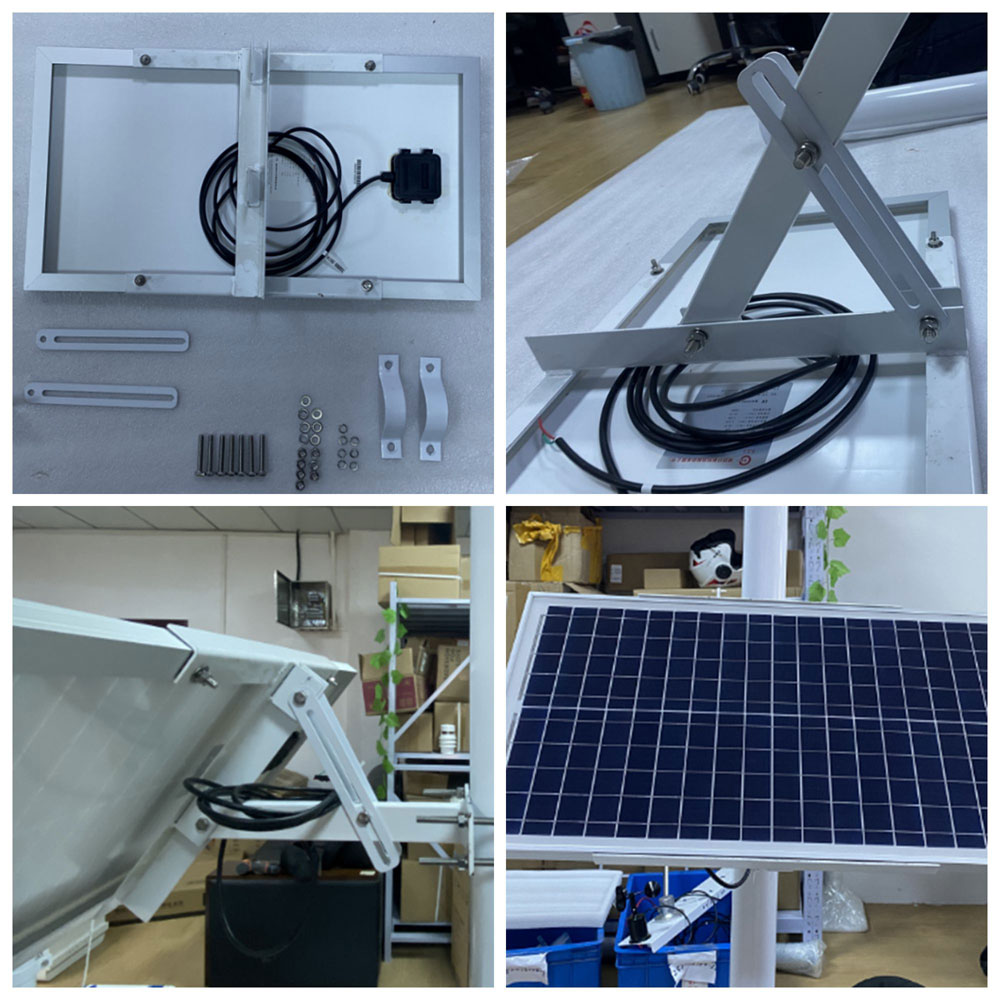
4. Power System: Includes solar panels and batteries to provide power support for the weather station kit. Solar panels make full use of solar energy to power the equipment, while batteries provide backup power during insufficient sunlight or at night.
5. Support Structure: Includes poles, brackets, and other elements to install sensors and devices, ensuring stability and protecting the equipment from environmental damage.
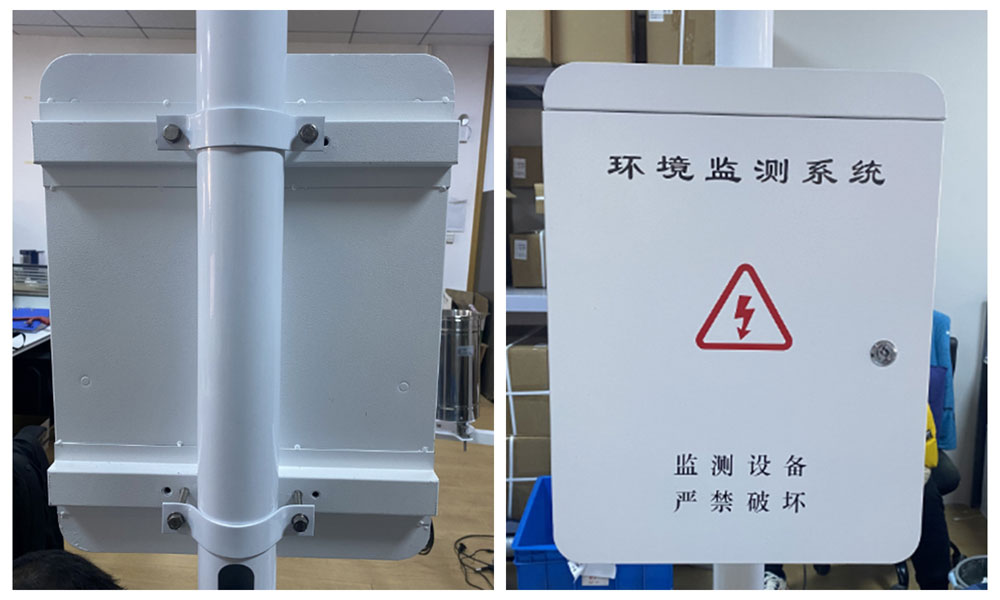
6. Protection Devices: Such as a Stevenson screen (a louvered box) to protect temperature and humidity sensors from direct sunlight and precipitation, ensuring measurement accuracy.
7. Software and Interface: Provides data analysis software or mobile apps for data display, analysis, and storage. Some kits support cloud data management.
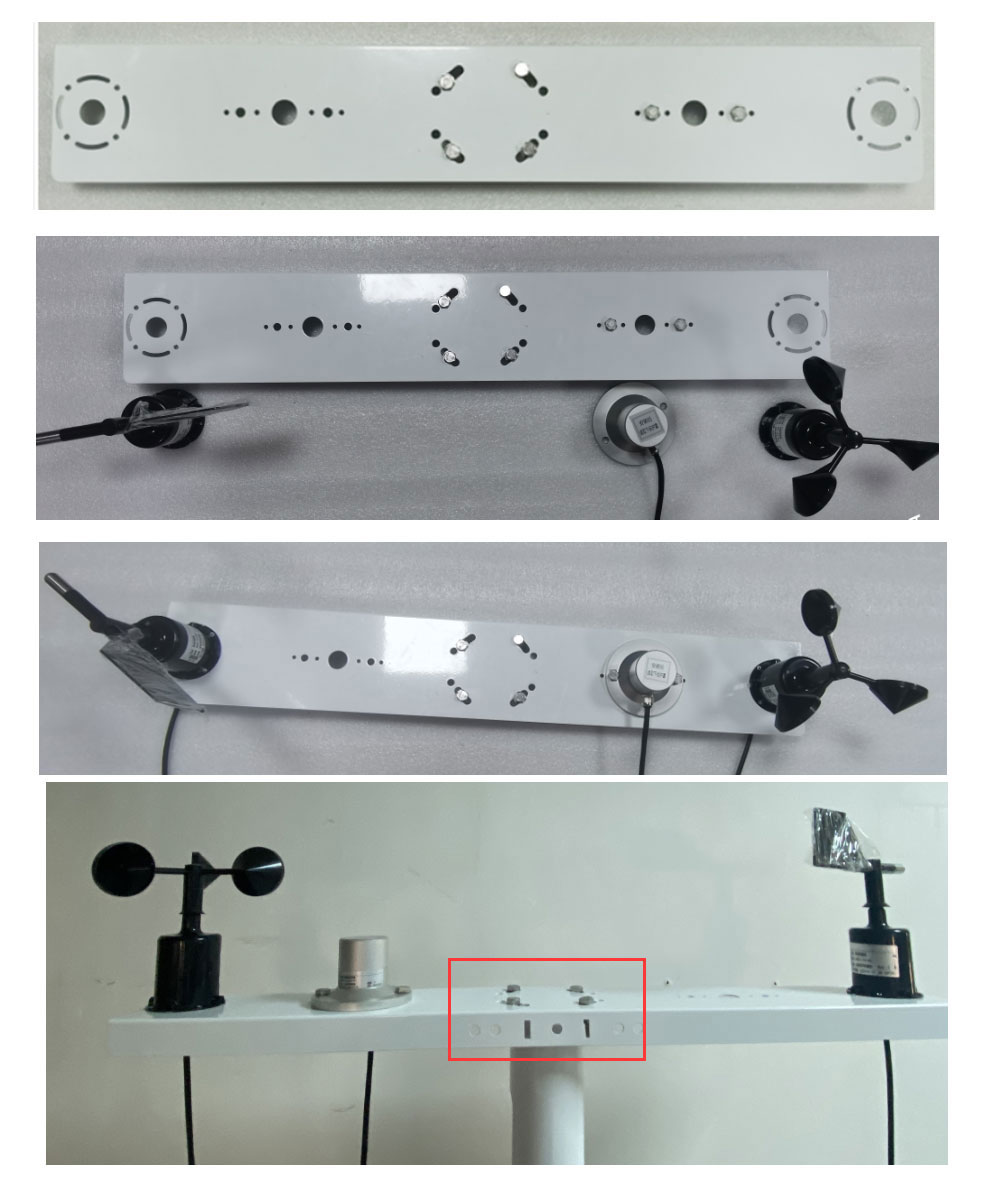
8. Installation and Accessories: Includes tools, cables, fasteners, etc., to facilitate installation and maintenance.
9. Advanced Kits May Include:
- Environmental Quality Sensors (such as CO2 sensors, PM2.5 sensors, PM10 sensors): For air quality monitoring.
- Data Loggers: Used for storing data independently, suitable for situations without real-time transmission needs.
- Expansion Modules: Allow users to add more types of sensors as needed.
1. Installation: Choose an appropriate location for the weather station kit, ensuring that the sensors can accurately measure meteorological data. During installation, avoid obstruction and high-temperature environments to ensure proper functioning of the equipment.
2. Connection: Connect the sensors to the data collector to ensure normal data transmission. Additionally, connect the data collector to a computer, mobile device, or other devices to view and export the data.
3. Configuration: Configure the parameters of the data collector based on user requirements, such as measurement intervals, data storage formats, etc. The server address and port number for data upload can also be set for remote transmission.
4. Monitoring: Start the weather station kit to begin monitoring meteorological data. Users can view data in real-time through a computer or mobile device and analyze or process it.
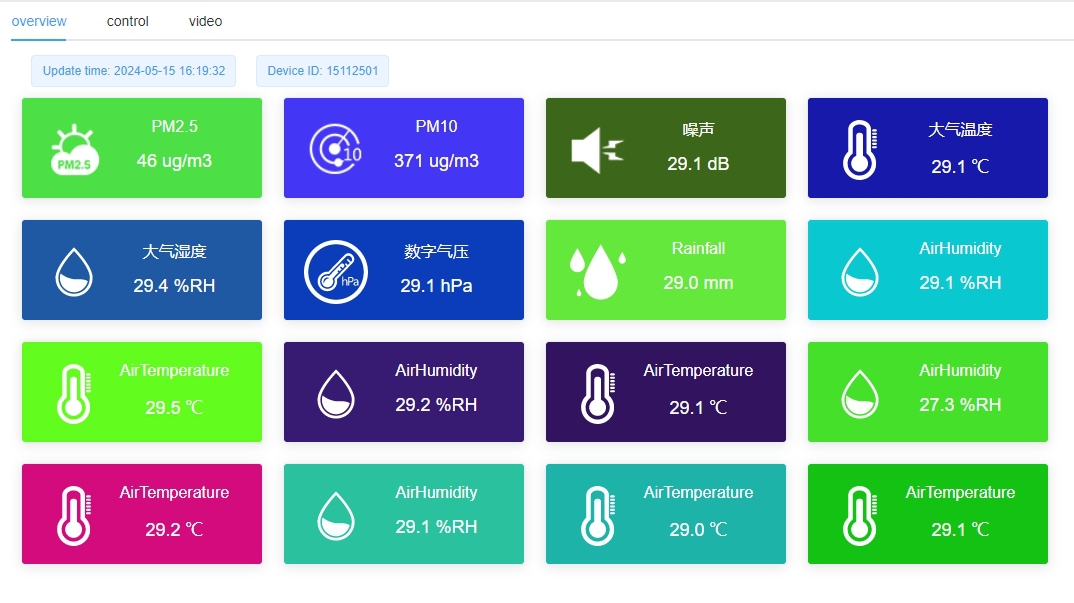
Weather station kits are widely used in various fields. Specific application scenarios include:
- Precision Agriculture: Real-time monitoring of temperature, humidity, wind speed, wind direction, rainfall, etc., to provide farmers with precise recommendations on planting, irrigation, fertilization, and more, improving agricultural efficiency and quality.
- Disaster Warning: By monitoring meteorological data, it can detect and provide early warnings for agricultural weather disasters such as droughts, floods, hail, and frost, allowing farmers to take timely disaster prevention measures.
- Meteorological Observations: Real-time monitoring of atmospheric parameters like temperature, humidity, pressure, wind speed, and direction to support accurate weather forecasting.
- Climate Change Research: Long-term monitoring of meteorological data to analyze climate change trends, providing scientific data for research.
- Air Quality Monitoring: Monitors pollutant concentrations and visibility in the atmosphere, providing data support for environmental protection agencies to formulate effective measures.
- Ecological Monitoring: Deploys weather station kits in natural reserves and ecologically fragile areas to monitor environmental changes, providing scientific evidence for ecological protection.
- Urban Heat Island Effect Monitoring: Monitors meteorological data in different areas of a city to analyze the distribution and intensity of the urban heat island effect, providing data support for urban planning.
- Urban Drainage System Optimization: Monitors rainfall and wind speed to evaluate the performance and efficiency of urban drainage systems, supporting optimization of urban drainage.
- Traffic Meteorological Monitoring: Deploys weather station kits at key transportation hubs such as highways, railways, and airports to monitor meteorological data in real time, providing early warnings and scheduling support for transportation departments.
- Warehouse and Logistics Management: Monitors temperature and humidity in warehouses to ensure that storage conditions meet requirements, improving the efficiency and quality of logistics and storage management.
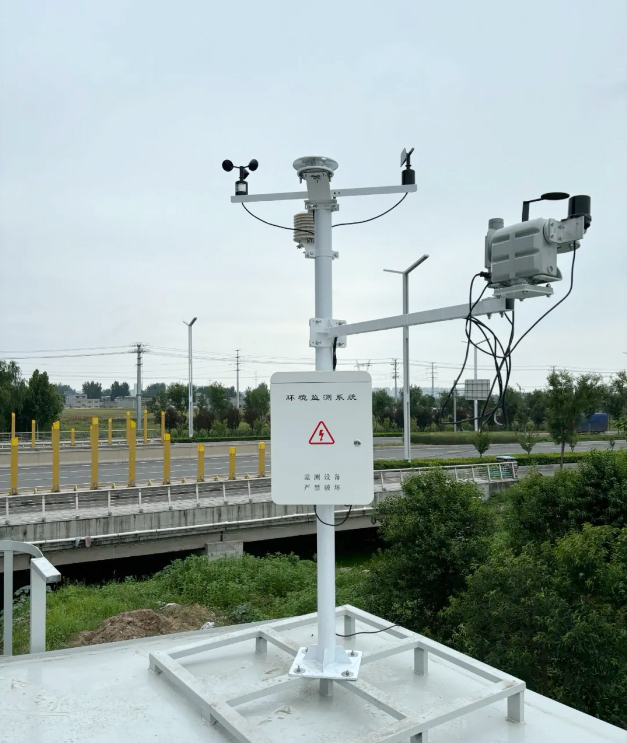
- Wind Energy Resource Assessment: Monitors wind speed and direction to assess wind energy resources for wind power generation projects, supporting site selection and design.
- Power Load Forecasting: Monitors meteorological data to analyze trends in power load changes, supporting power system dispatch and operation.
- Tourism Meteorological Services: Deploys weather station kits in tourist attractions, resorts, and similar locations to provide real-time weather information to visitors, enhancing tourism services and safety.
- Outdoor Sports Monitoring: Deploys weather station kits at outdoor sports venues, such as ski resorts, to monitor meteorological data and provide safety alerts and decision-making support for outdoor sports enthusiasts.
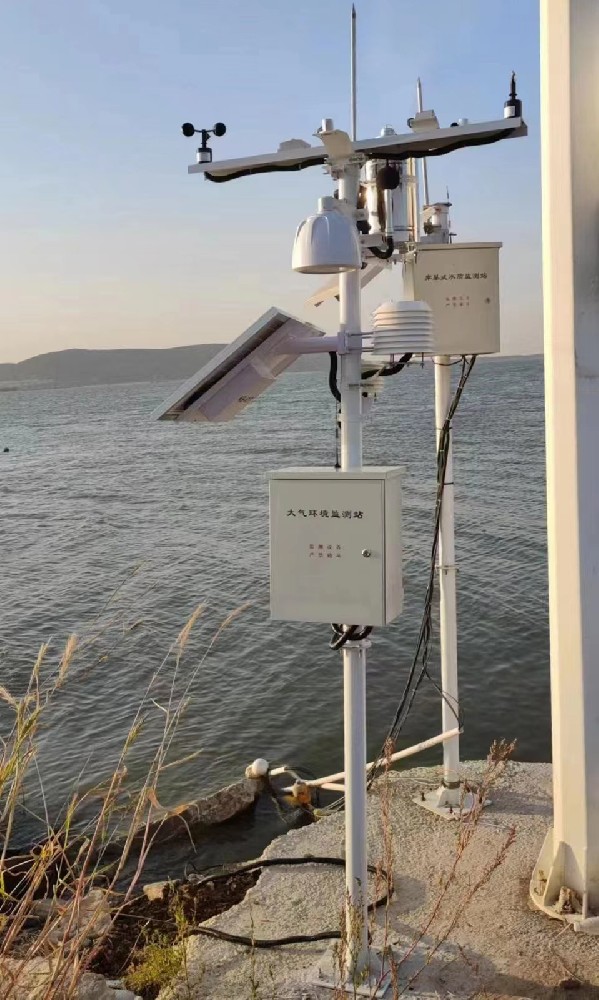
Weather station kits provide the following value:
1. Improved Forecasting Accuracy: By monitoring and analyzing meteorological elements in real-time, weather station kits provide scientific data to improve the accuracy of weather forecasting.
2. Timely Disaster Warning: By gathering data on extreme weather conditions, the kits allow for early warnings before severe weather events, supporting disaster prevention and mitigation efforts.
3. Enhanced Agricultural Production: Provides farmers with precise recommendations for planting, irrigation, and other agricultural activities, improving efficiency and quality.
4. Advancement of Scientific Research: Provides researchers with experimental data and reference materials to advance meteorology and related fields.
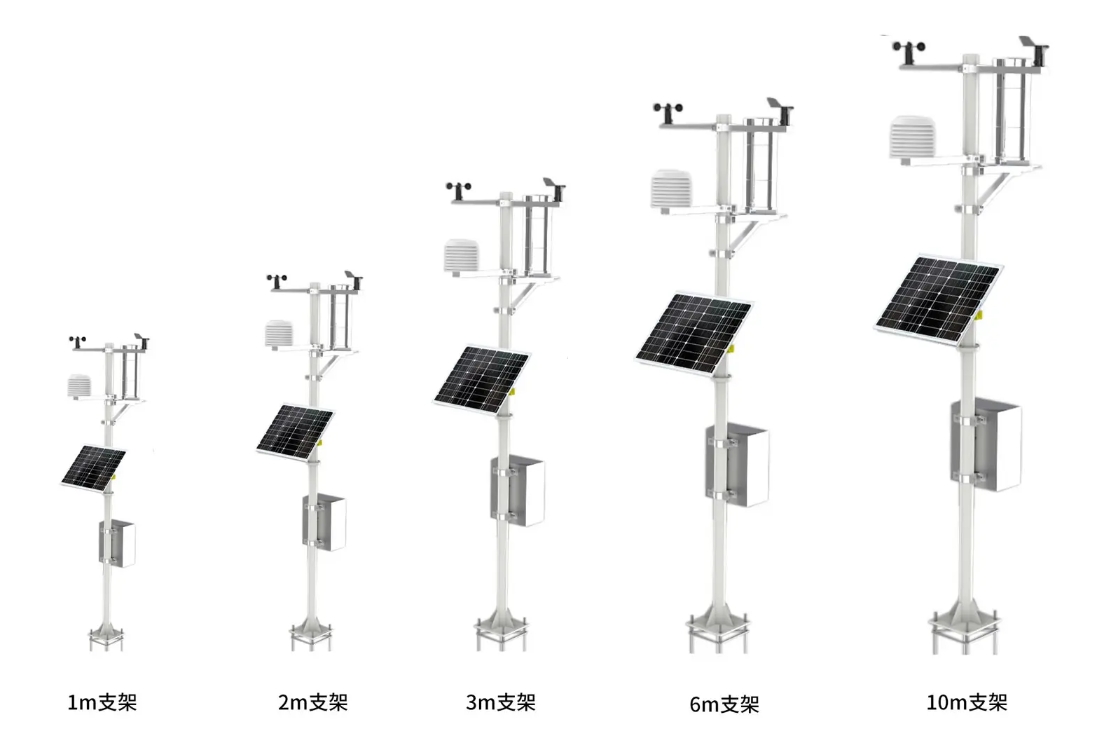
1. Highly Integrated Design:
- Weather station kits integrate various meteorological observation devices, such as temperature, humidity, wind speed, and rainfall sensors, simplifying the observation process.
- The compact design reduces the complexity of installation and operation.
2. High Precision Measurement:
- Uses high-precision sensors and advanced measurement technology, ensuring the accuracy and reliability of collected meteorological data, supporting accurate weather forecasting and scientific research.
3. Real-time Monitoring and Data Transmission:
- Capable of real-time monitoring of weather changes and high-frequency data collection.
- Supports multiple communication methods (e.g., GPRS, 4G, Wi-Fi, Bluetooth) for real-time data transmission to data centers or user terminals, making it easier for users to access and analyze weather data.
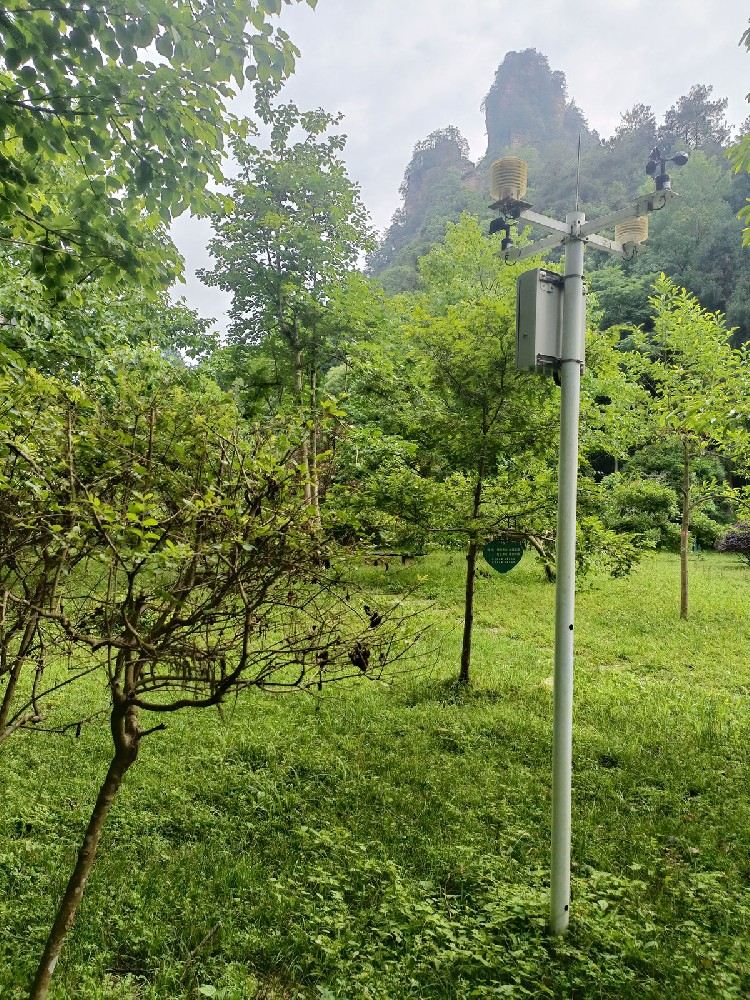
4. Modular Design:
- Sensors and modules can be replaced individually, reducing the need for disassembly and simplifying maintenance.
- Easy upgrades and expansions to meet evolving needs.
5. Low Power Consumption:
- Uses low-power design, combined with solar power and battery backup, reducing operational costs.
- Suitable for use in remote or field environments, enhancing the adaptability and availability of the equipment.
6. Strong Environmental Adaptability:
- Typically designed to be waterproof, dustproof, and corrosion-resistant, making it capable of operating in harsh environmental conditions.
- Stable operation in extreme temperatures and humidity levels, ensuring the accuracy and reliability of data.
1. Technical Complexity:
- While the integrated design offers many advantages, it also makes the internal structure relatively complex, which can increase the difficulty of troubleshooting and repairs. This requires skilled technicians for maintenance and support.
2. Cost:
- Compared to traditional meteorological observation equipment, automatic weather stations use more advanced technologies and materials during manufacturing, resulting in higher costs. This may be a concern for budget-conscious institutions or individuals.
3. Large Data Volume:
- Weather station kits can collect a large volume of data from various meteorological parameters, creating challenges for systems with limited processing power to store, process, and analyze this data efficiently.
4. Dependency on Power Supply:
- Requires stable power supply for normal operation. In remote areas or locations with unstable power supply, power-related issues could be a limiting factor in deploying and using weather station kits. While many kits use solar power and battery backup, extreme conditions may still result in power shortages.
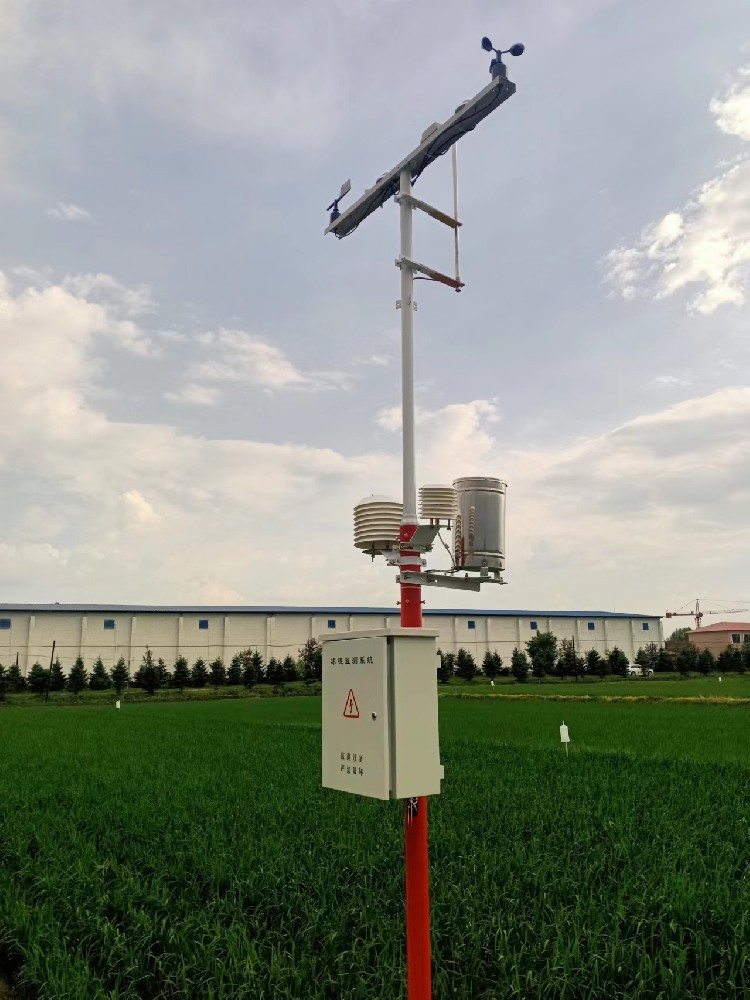
1. Define the Monitoring Purpose: Clarify the primary purpose of purchasing the weather station kit, whether it is for scientific research, agricultural monitoring, environmental monitoring, education, or personal interest.
2. Consider the Geographic Location and Environment: Take into account the location where your weather station will be set up. Different geographic areas may require different sensor configurations. For example, coastal regions may require wind speed and wind direction sensors, while inland areas might focus more on temperature and humidity.
3. Evaluate Sensor Accuracy and Reliability: Choose a kit with sensors that offer high accuracy and good stability to ensure reliable long-term performance. Check if the sensors come with calibration certificates and whether they are easy to calibrate on-site.
4. Check Sensor Types and Range: Make sure the kit includes all the sensors you need, such as temperature, humidity, pressure, wind speed, wind direction, rainfall, ultraviolet radiation, etc. Verify that the sensor measurement ranges meet your monitoring requirements.
5. Data Logging and Transmission Functionality: Confirm whether the data logger meets your data recording needs, including storage capacity, sampling frequency, etc. Consider the data transmission methods supported by the kit (e.g., GPRS/4G/5G, Wi-Fi, LoRa) and whether the transmission range is adequate.
6. Software and Data Processing: Choose a kit that provides a user-friendly and feature-rich software system for data viewing, analysis, and report generation. Verify if the software supports remote access and data sharing.
7. Power Requirements: Consider the power needs of the kit, including whether it can be powered by solar panels or other renewable energy sources to ensure reliability in remote or power-unstable areas.
8. Protection Level and Durability: Select a kit with an appropriate protection rating (e.g., IP65 or higher) to shield sensors from harsh weather conditions. Ensure that the kit is durable enough to withstand extreme temperatures, humidity, and other environmental factors.
9. Budget and Cost: Choose a kit that fits your budget while also taking into account long-term operation and maintenance costs.
10. After-Sales Service and Technical Support: Select a supplier that offers strong after-sales service and technical support to ensure timely assistance if issues arise.
11. User Reviews and Recommendations: Check user reviews and recommendations to learn about other users' experiences with the kit.
12. Scalability and Upgrades: Consider potential future needs and choose a kit that can be easily upgraded or have additional sensors added.

By following these steps, you can make a more informed decision when selecting a weather station kit that best suits your needs, ensuring accurate and reliable data over the long term.
Related recommendations
Sensors & Weather Stations Catalog
Agriculture Sensors and Weather Stations Catalog-NiuBoL.pdf
Weather Stations Catalog-NiuBoL.pdf
Related products
 Combined air temperature and relative humidity sensor
Combined air temperature and relative humidity sensor Soil Moisture Temperature sensor for irrigation
Soil Moisture Temperature sensor for irrigation Soil pH sensor RS485 soil Testing instrument soil ph meter for agriculture
Soil pH sensor RS485 soil Testing instrument soil ph meter for agriculture Wind Speed sensor Output Modbus/RS485/Analog/0-5V/4-20mA
Wind Speed sensor Output Modbus/RS485/Analog/0-5V/4-20mA Tipping bucket rain gauge for weather monitoring auto rainfall sensor RS485/Outdoor/stainless steel
Tipping bucket rain gauge for weather monitoring auto rainfall sensor RS485/Outdoor/stainless steel Pyranometer Solar Radiation Sensor 4-20mA/RS485
Pyranometer Solar Radiation Sensor 4-20mA/RS485
Screenshot, WhatsApp to identify the QR code
WhatsApp number:+8615367865107
(Click on WhatsApp to copy and add friends)